Daniel Salzler No. 1084
EnviroInsight.org Seven Items January 8, 2021
Feel Free To Pass This Along To Others
If your watershed is doing something you would like others to know about, or you know of something others can benefit from, let me know and I will place it in this Information newsletter.
If you want to be removed from the distribution list, please let me know.
Please note that all meetings listed are open.
Enhance your viewing by downloading the pdf file to view photos, etc. The attached is all about improving life in the watershed. If you want to be removed from the distribution list, please let me know. Please note that all meetings listed are open.
Enhance your viewing by downloading the attached pdf file to view photos, etc.
The attached is all about improving life in the watershed.
1. TREECYCLE CONTINUES – The City of Tucson’s annual TreeCycle program continues through Sunday, Jan. 17. Nine sites are open for collection. Residents are asked to remove all lights, ornaments, decorations, plastic tree bags, and tree stands before dropping off real trees at a TreeCycle site. Due to the pandemic, please wear a mask and practice social distancing when dropping off your tree. Please do not leave trees outside the collection time or area due to fire hazards. The City of Tucson will not collect Christmas trees from curbs and alleys. For more information on sites, hours, and locations, visit the link below.
TreeCycle.
2. CLIMAS – December Southwest Climate Outlook Monthly Precipitation and Temperature: November precipitation was average to below average across most of Arizona.

PRECIPITATION


TEMPERATURE

November temperatures were above average to much above average in most of Arizona. The daily average temperature anomalies for Nov. 1 – Dec. highlight the fluctuations at select stations around the region.
Drought: The Dec 8 U.S. Drought Monitor (USDM) expanded drought characterizations in the Southwest. Continuation of dry conditions (e.g. driest June-Nov period on record for AZ and second driest for NM) have led to continued degradation in drought conditions across the Southwest to the most intense category D4 across much of AZ and NM. Most of Arizona and over half of New Mexico is categorized as experiencing exceptional drought.
Reservoirs:
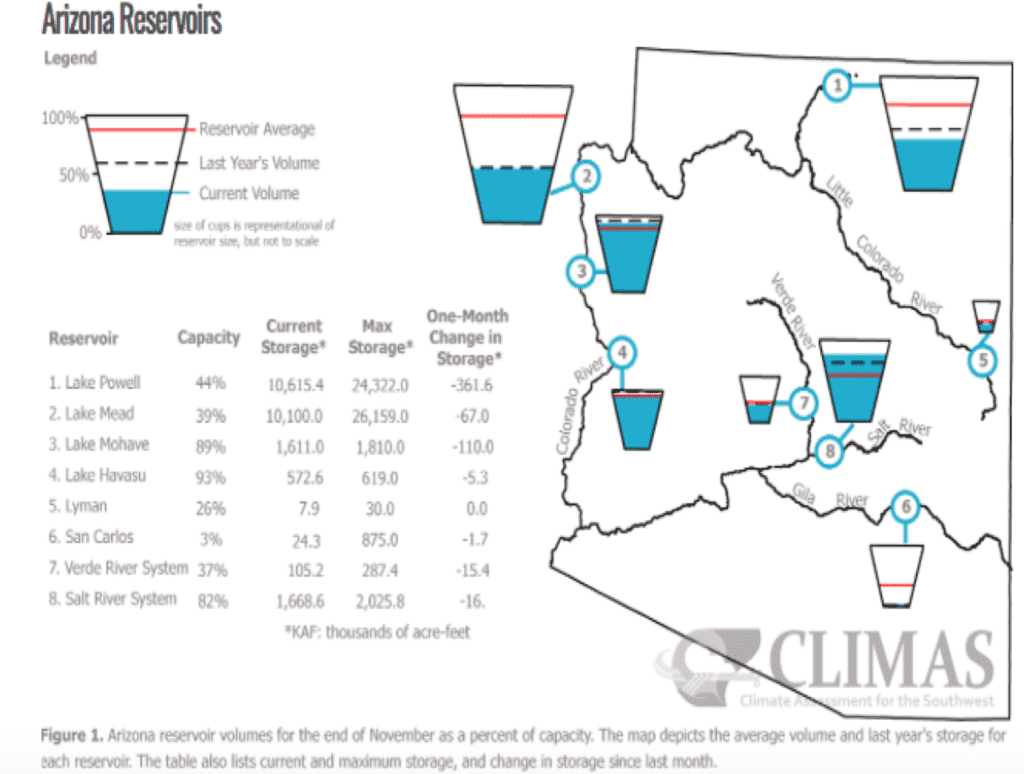
3. It’s A New Year! What are your New Years resolutions going to be? Here’s a few ideas……. Pick one or two…….
- Read a book a month
- Get a gym membership or walk the neighborhood daily for an hour a day
- Meditate (listen) or pray (talk) to your creator, daily
- Quit a bad habit
- Say “No” to negative comments and negative people
- Spend time talking to yourself without distraction
- Donate time and/or money to charity
- Be a good friend to someone
- Get out and appreciate/understand nature
- Learn something new every day
- Eat no food that is processed
- Laugh more
- Find something positive in everything you do
- Organize your home
- Be grateful for every day.
- Drive responsibly, every day, every time you get behind the wheel.
- Reduce your carbon footprint
- Start gardening organically
- Drink better quality water
- Grow your own food
- Give a service to someone who cannot get out and around or without close by family
4. Venus was once more Earth-like, but climate change made it uninhabitable
A severe climate change event on Venus may have transformed an Earth-like climate to the current uninhabitable-to-humans state.
We can learn a lot about climate change from Venus, our sister planet. Venus currently has a surface temperature of 450℃ (the temperature of an oven’s self-cleaning cycle) and an atmosphere dominated by carbon dioxide (96 per cent) with a density 90 times that of Earth’s.

However, Venus once likely had an Earth-like climate. According to recent climate modelling, for much of its history Venus had surface temperatures similar to present day Earth. It likely also had oceans, rain, perhaps snow, maybe continents and plate tectonics, and even more speculatively, perhaps even surface life. Less than one billion years ago, the climate dramatically changed due to a runaway greenhouse effect. It can be speculated that an intensive period of volcanism pumped enough carbon dioxide into the atmosphere to cause this great climate change event that evaporated the oceans and caused the end of the water cycle.
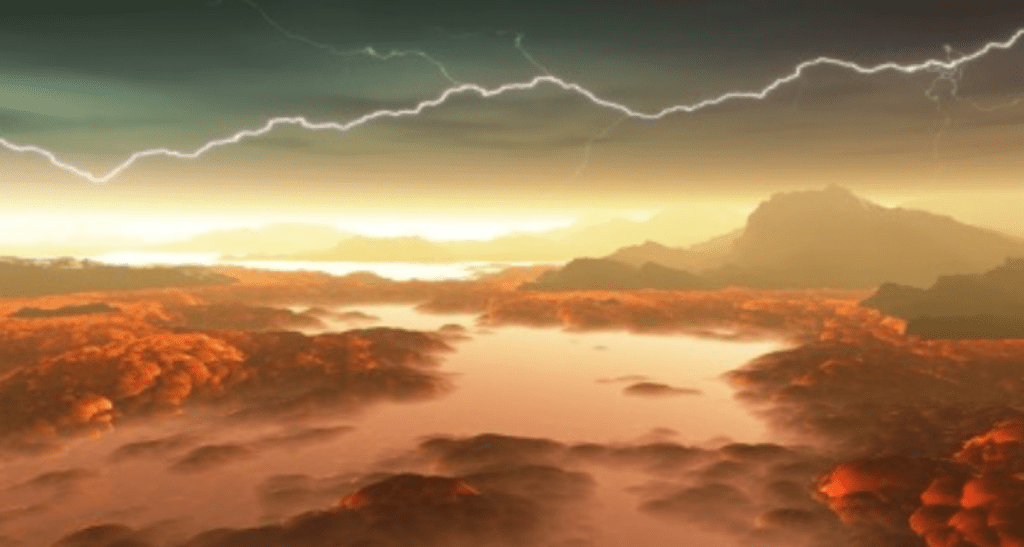
The LIP analogues on Venus include individual volcanoes that are up to 500 kilometers across, extensive lava channels that reach up to 7,000 kilometers long, and there are alsassociated rift systems — where the crust is pulling apart — up to 10,000 kilometers long.
If LIP-style volcanism was the cause of the great climate change event on Venus, then could similar climate change happen on Earth? We can imagine a scenario many millions of years in the future when multiple LIPs randomly occurring at the same time could cause Earth to have such runaway climate change leading to conditions like present-day Venus.
5. Eat Well In 2021
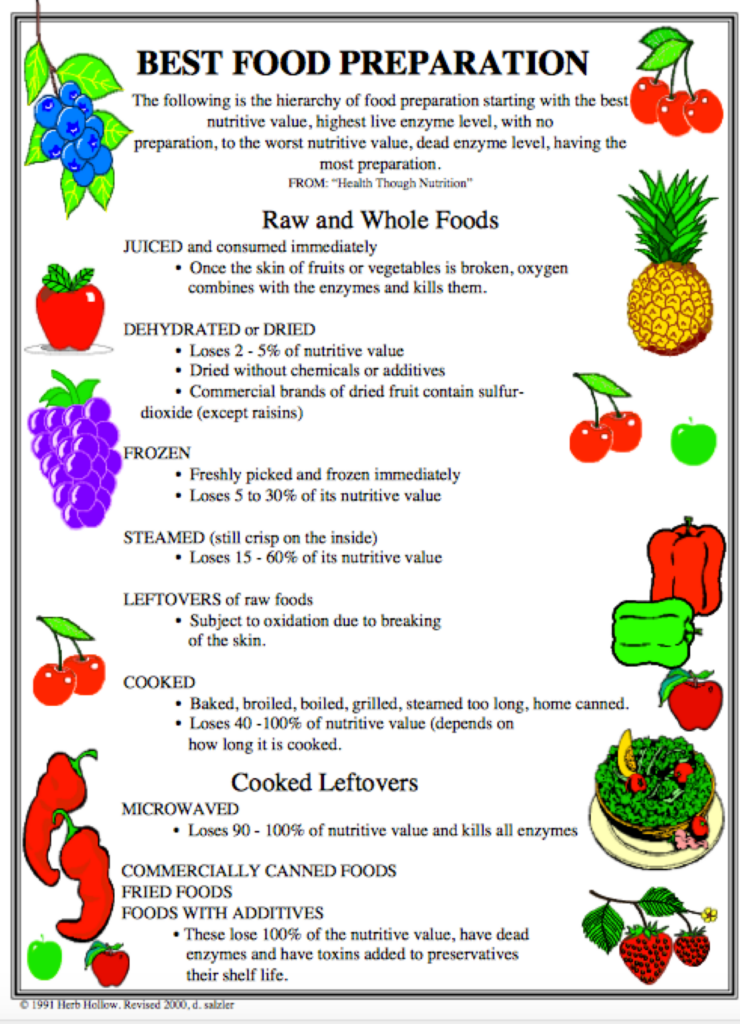
6. Colorado River Basin Snowpack Water Equivalent
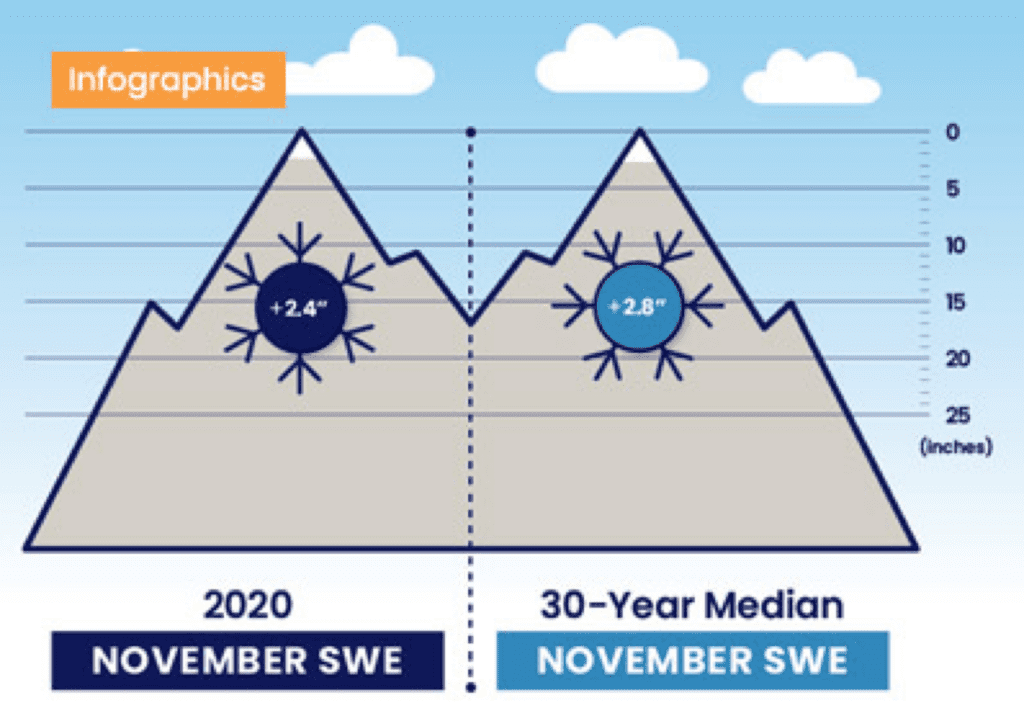
In November 2020, the Colorado River Basin snowpack water equivalent was running at 86% of the 30-year median value.
7. State Unveils Draft Legislation To Create Surface Water Protections. The Arizona Department of Environmental Quality is seeking public feedback on its draft legislation to establish a set of regulations to protect surface water statewide.
The changes implemented by the Trump administration earlier this year dramatically curtailed the list of waters that fall under the Clean Water Act, excluding a vast number of streams, washes and creeks from federal pollution protection. Importantly for arid Arizona, ephemeral waters – those that only flow after rain or snow – are no longer protected.
Like many other states, Arizona relied on the Clean Water Act for surface water quality regulations. Gov. Doug Ducey previously asked the EPA for the opportunity for Arizona to create its own set of rules, which the state lacks. ADEQ has been engaged in that process this year.
If approved by the legislature, ADEQ’s new surface water protection program will apply current regulations for federal waters to a list of designated state waterways. Ben Bryce with ADEQ said that should simplify things for permit applicants.
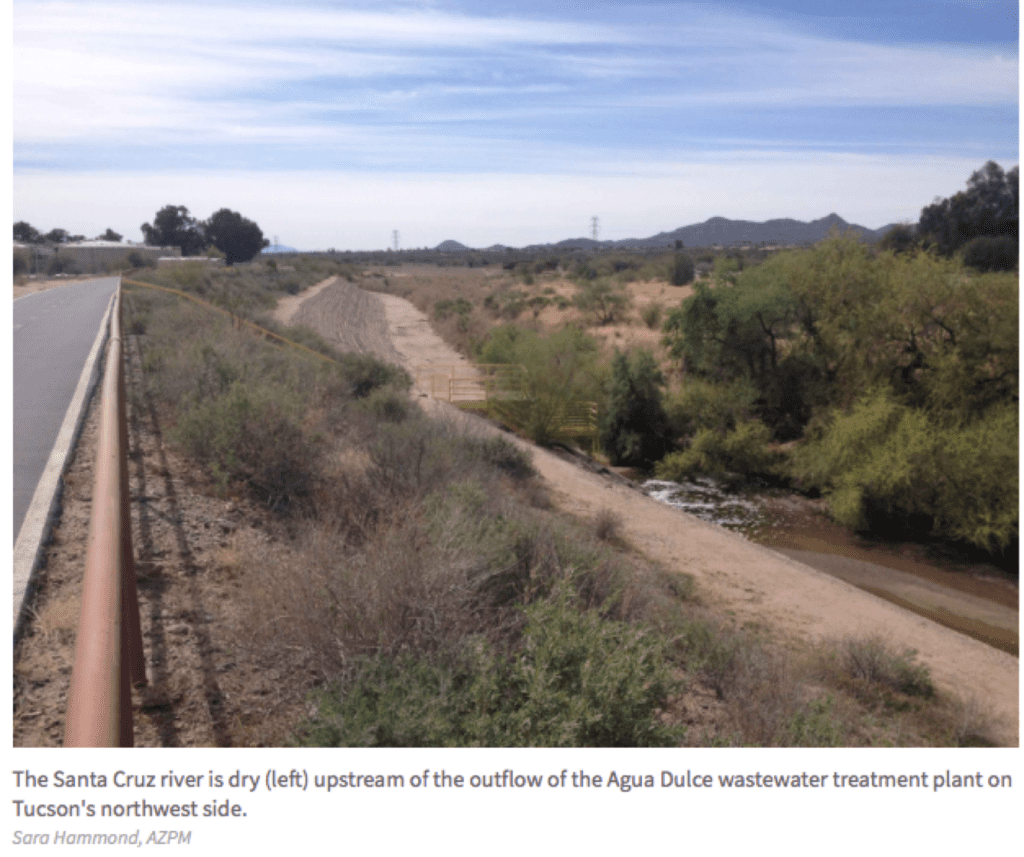
“Because we are applying the same programs, the types of activities that require a permit will be the same,” he said.
The new state program is designed to function right out of the gate. Thus it will apply Arizona state permitting processes to waters now excluded from federal protection (called non-WOTUS, which stands for waters of the U.S.) but not have a federal oversight element.
The agency is currently evaluating a list of nearly 800 waterways to be included on the protected list. That list will definitely include Arizona’s eight major rivers, drinking water sources and public waters used for fishing and recreation. But ephemeral waters are still excluded, unless they are a conduit for pollution to reach a protected waterway.
“Though most, nearly all, ephemeral features will not be on the protected surface waters list, that doesn’t mean that discharges to these ephemeral features are categorically out.
When that discharge is conveyed to a protected water, that discharge would be regulated,” Bryce said.
ADEQ is considering implementing “best practices” for dredge and fill activities.
Though several lawsuits have been filed against the Trump administration’s Clean Water Act changes, Trevor Baggiore, water quality division director for ADEQ, said the goal is to create a baseline of surface water quality regulations in Arizona, regardless of what happens in the courts or change of administration.
Copyright 2021 EnviroInsight.org
